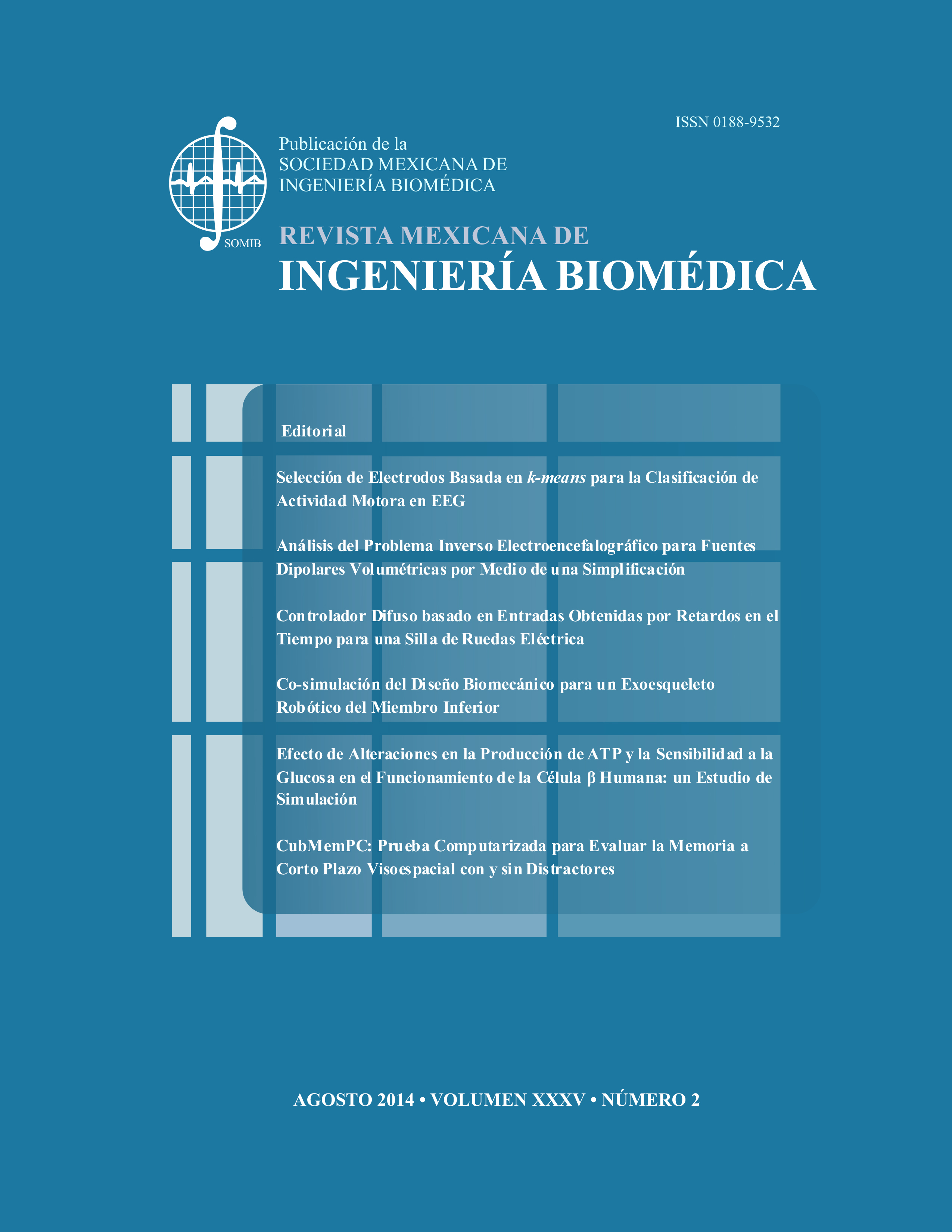Co-simulation of Biomechanical Design for a Robotic Exoskeleton for the Lower Limb
Abstract
This work shows how the co-simulation increases the advantages and decreases the drawbacks for exoskeleton design. The proposed methodology has three stages: the design of a biomechanical part, the mechanical design and the control system. For the biomechanical analysis, OpenSim® solves the muscle-skeleton system and includes models for different conditions that can be used in the design process. SolidWorks® that is applied in assistive computer design evaluates the mechanical part of the exoskeleton and Matlab® solves the control system that takes over the exoskeleton. It allows getting a personalized design which simulates the complete walking movements, covering the kinematic restrictions to achieve a natural human movement and the user limitations when they have any problem for to walk. The results show how the co-simulation is applied to complete a virtual prototype and the programs are linked hand in hand. Although conventional simulation by one program can save money and time, it cannot solve the entire exoskeleton design problem; as a result the co-simulation is an excellent option in biomechanical, mechanical and control systems that need accurate and swift results in each part of the design process.
Downloads
Published
How to Cite
Issue
Section
License
Upon acceptance of an article in the RMIB, corresponding authors will be asked to fulfill and sign the copyright and the journal publishing agreement, which will allow the RMIB authorization to publish this document in any media without limitations and without any cost. Authors may reuse parts of the paper in other documents and reproduce part or all of it for their personal use as long as a bibliographic reference is made to the RMIB. However written permission of the Publisher is required for resale or distribution outside the corresponding author institution and for all other derivative works, including compilations and translations.




